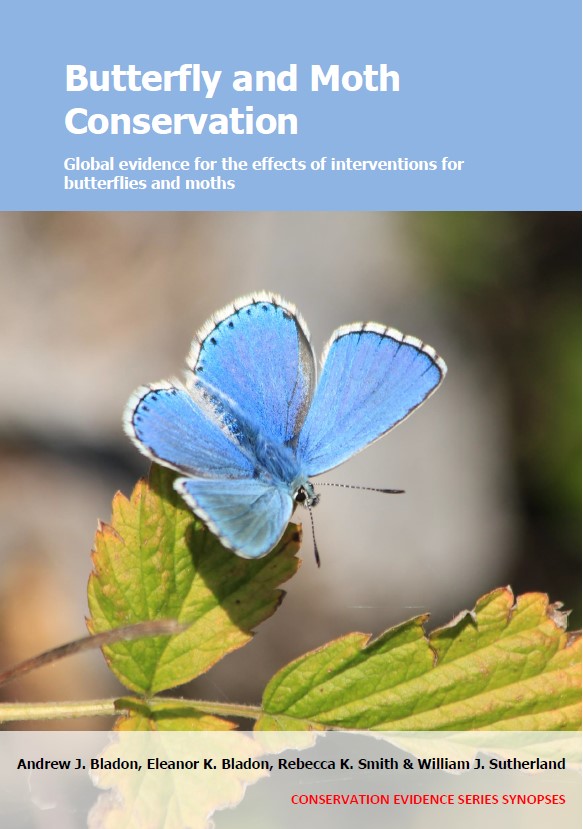Produce coffee in shaded plantations
-
Overall effectiveness category Evidence not assessed
-
Number of studies: 3
View assessment score
Hide assessment score
How is the evidence assessed?
-
Effectiveness
not assessed -
Certainty
not assessed -
Harms
not assessed
Study locations
Supporting evidence from individual studies
A paired sites, site comparison in 1998 in seven areas of shaded coffee plantation and forest in Chiapas, Mexico (Mas and Dietsch 2004) found that a plantation with the original canopy retained and understory replaced with coffee (“rustic” management) had higher species richness of fruit-eating butterflies than a plantation with its original canopy retained and understory replaced with coffee and other vegetation (“traditional polyculture”) or plantations with their original canopies replaced with other shading trees and understories replaced with coffee with (“commercial polyculture”) or without other vegetation (“shaded monoculture”). The rustic plantation had higher species richness of fruit-eating butterflies (25) than traditional polyculture (10), commercial polyculture (10–11) and shaded monoculture (10) plantations. The rustic plantation had similar species richness to a nearby intact area of forest (27) but lower species richness than a further away forest (36). In two areas of Mexico, one rustic, one traditional polyculture, one shaded monoculture and two traditional polyculture plantations were surveyed. In summer 1998 at four points in each location (28 points in total) two fruit-baited traps were set, one in the understory and one in the canopy, for eight days. Estimated species richness was calculated statistically from numbers of butterflies caught in traps.
Study and other actions testedA replicated, site comparison study in 1999–2000 in six coffee plantations in Puerto Rico (Borkhataria et al 2012) found that shade-grown coffee plantations had a higher abundance of caterpillars than sun-grown coffee plantations. In shade-grown coffee plantations, the abundance of caterpillars (1.3 individuals/tree) was higher than in sun-grown plantations (0.6 individuals/tree). However, the abundance of a coffee pest species (coffee leaf miner Leucoptera coffeela) was not significantly different in shade-grown (2.0 individuals/tree) and sun-grown coffee (1.7 individuals/tree). In April 1999 and March–April 2000, caterpillars were surveyed in two or three randomly-located plots (>120 m apart) in each of three shade- and three sun-grown coffee plantations (1.35–5.95 ha). Caterpillars were surveyed by turning 100 leaves (>10 cm long, 0.5–2 m high) in each of 12–14 coffee trees/plot.
Study and other actions testedA site comparison study in 2016 in five coffee plantations in Veracruz, Mexico (Sosa-Aranda et al. 2018) found that shaded coffee plantations had a higher abundance and species richness of caterpillars than a sun-grown monoculture plantation. On four polyculture and shaded monoculture coffee plantations, the abundance (124–212 individuals) and species richness (83–129 species) of caterpillars was higher than in a sun-grown coffee monoculture (abundance: 47 individuals; richness: 46 species). In addition, the amount of damage found on coffee leaves was not related to either caterpillar abundance or species richness (data not presented). The management intensity of five coffee plantations was measured based on 10 vegetation characteristics (including canopy cover, epiphyte cover, area of shade trees and presence of herbs) and the frequency of six external inputs (fertilizers, insecticides, herbicides, fungicides, irrigation and ploughing). In July, September and December 2016, all caterpillars were collected by hand from all plants along three 30 × 2-m transects in the centre of each plantation, and reared to adults for species identification.
Study and other actions tested
Where has this evidence come from?
List of journals searched by synopsis
All the journals searched for all synopses
This Action forms part of the Action Synopsis:
Butterfly and Moth Conservation
Butterfly and Moth Conservation - Published 2023
Butterfly and Moth Synopsis





)_2023.JPG)














